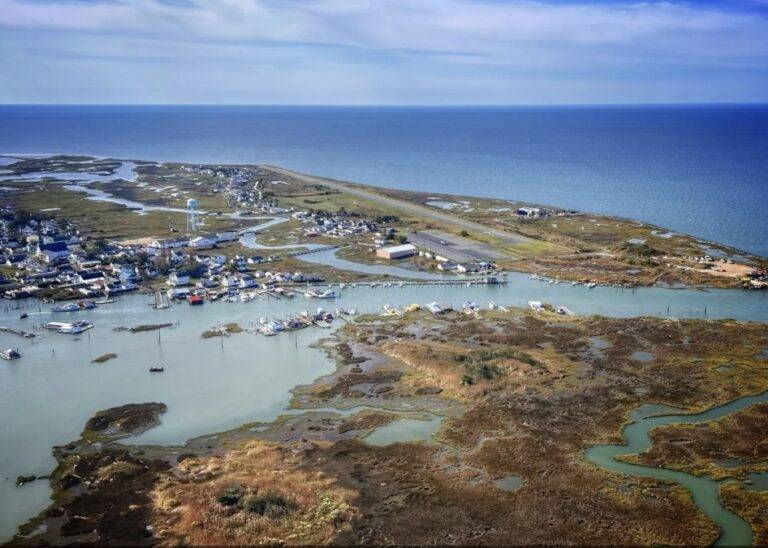The Chesapeake Bay’s oxygen-deprived “dead zones,” which reached their smallest size in decades last year, returned to near-average levels this summer, according to data released Wednesday by the Chesapeake Bay Program.
Dead zones, areas of low oxygen where aquatic life cannot survive, are a recurring issue in the bay. They typically form during the warmer months when nutrient pollution fuels algal blooms. As these blooms decompose, they deplete oxygen in deeper waters, threatening the survival of species like fish, crabs, and oysters.
Key Findings
- Below Historic Average: This summer’s dead zones generally tracked below the 39-year average, peaking at 1.2 cubic miles, compared to the average peak of 1.62 cubic miles.
- Early Peak: Dead zones reached their maximum size earlier than usual, likely due to Hurricane Debby’s high winds in August, which mixed oxygen back into the waters.
- Measurement Challenges: Spring dead zones were initially larger than average, but mechanical issues in July and August may have underestimated their size during that period.
Chesapeake Bay Restoration Efforts
This update comes as the Chesapeake Bay restoration program faces a critical moment. Despite the bay receiving its highest environmental grade in over 20 years this summer, the decades-long effort is set to miss its ambitious 2025 deadline for meeting key environmental goals.
Looking Ahead
EPA officials will meet with representatives from Chesapeake Bay watershed states, including Maryland Governor Wes Moore and Virginia Governor Glenn Youngkin, in Annapolis in the coming weeks to strategize the next steps. Discussions will focus on extending the timeline and developing new initiatives to sustain and accelerate restoration progress.




But drunk Virginians is OK?
Sleepy Don! Don't get all butt hurt because you voted for Sleepy Don!
60 years ago spent time in Kitty Hawk, Hatteras and Buxton N.C. carousing at the Nags Head Casino and surfing…
2050... Breaking News! Team Coverage! Developing Story! $4.3 Trillion desalation plant planned on Eastern Shore denied by House. Massive Septic…
Hey, Bill Chill. There is a middle ground. You are stereotyping.